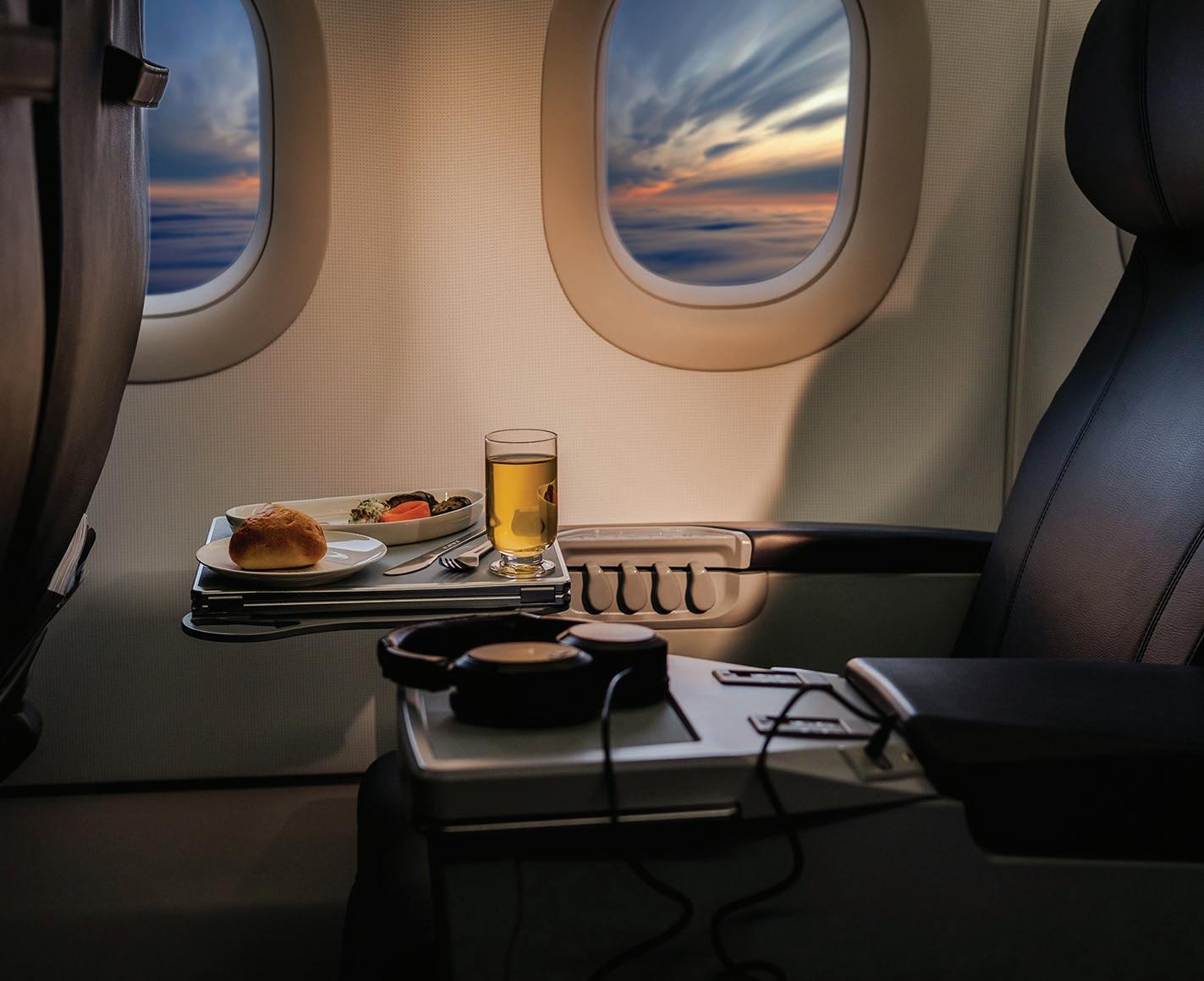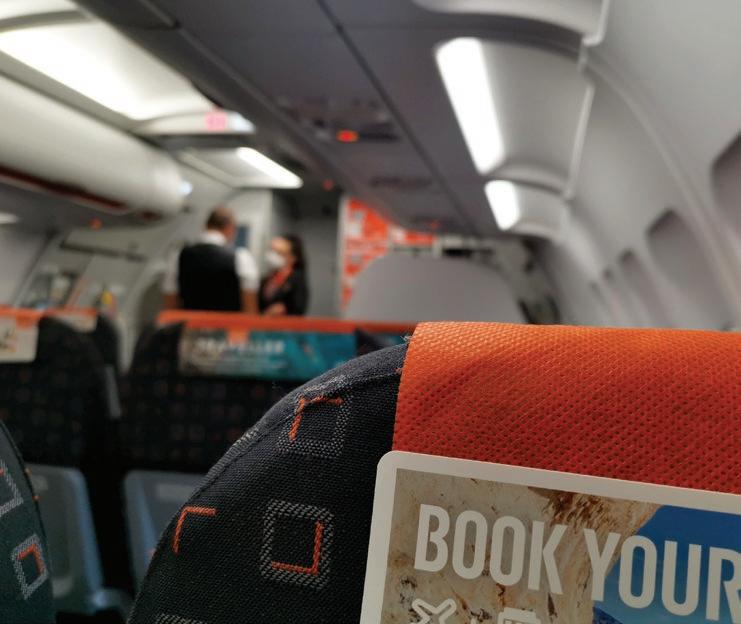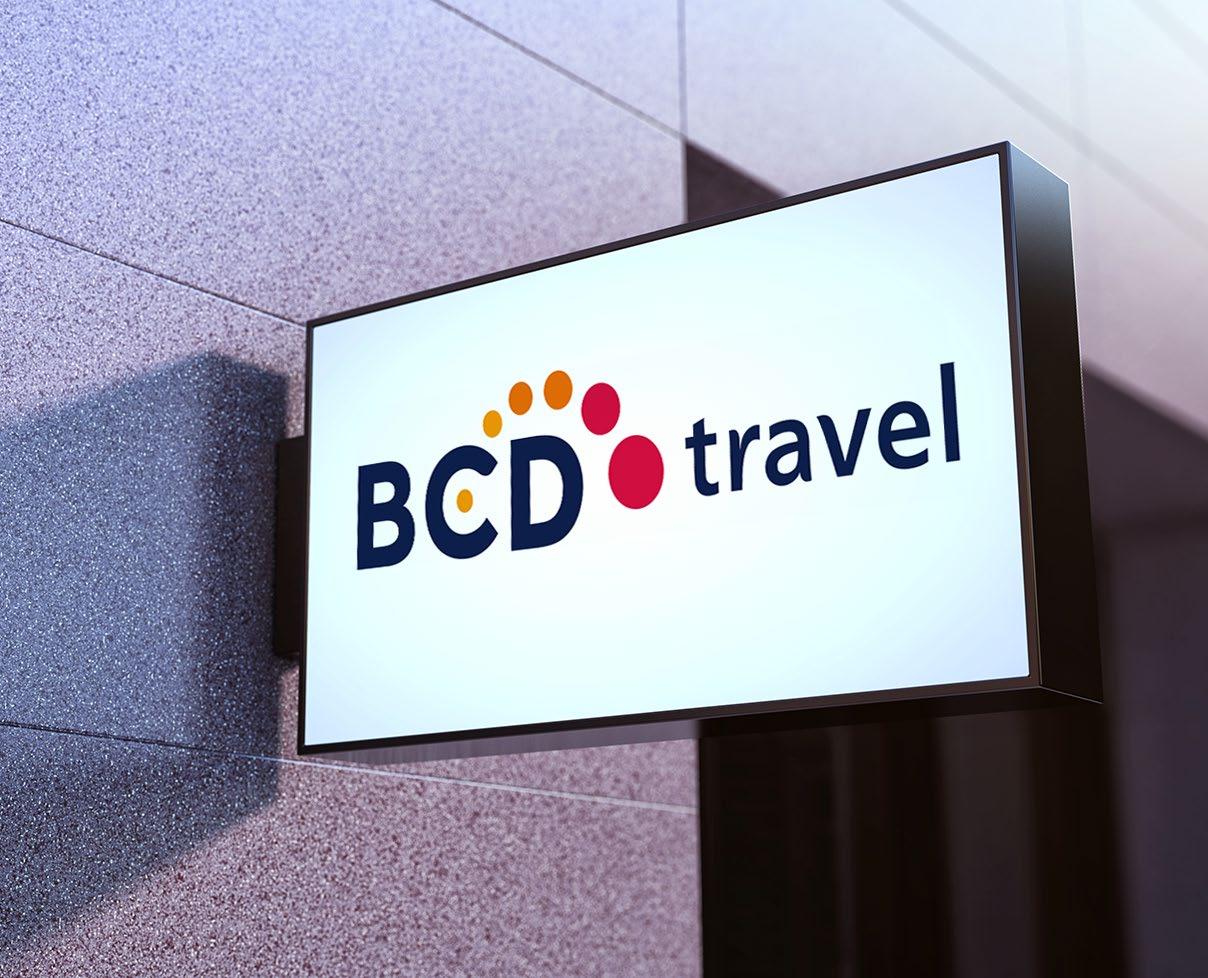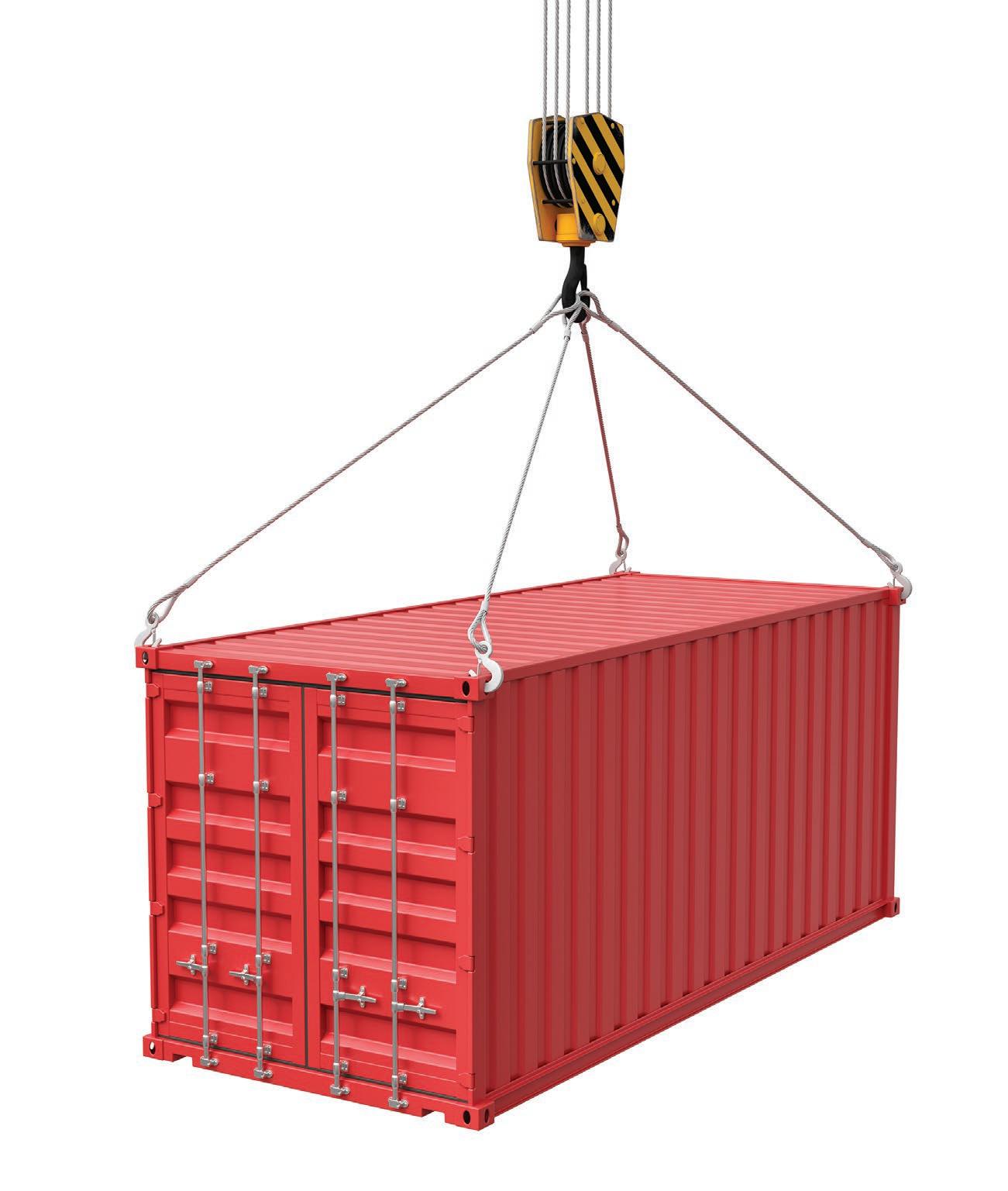ARRIVALS THE KNOWLEDGE
How to... move to a subscription fee model When Inchcape Shipping Services carried out a global tender one of the main priorities was to stop employees straying outside the travel programme. It decided a subscription fee, combined with an online booking tool, was the answer.
about how we could address the pricing model. We liked that they thought a little out of the box.” Blue Cube recommended a subscription fee model – a fixed monthly fee, which varies depending on what services a client requires, a bit like a mobile phone contract or Netflix account. “There are big driving factors, like we know what we’re paying per year and we can only pay for the services we want,” says Potter. But he stressed the transition to the new model also involved introducing an online booking tool, developed by Blue Cube, which helped the TMC bring its costs down to counteract a potential dip in its revenue.
The background
Inchcape Shipping Services provides port management and services globally. It has 300 offices in 60 countries and around 3,000 employees, of which around 500 travelled frequently pre-Covid. Its travel was mostly from its regional centres in London, Singapore, Houston, Dubai, Rio, and Tokyo/Osaka but to a diverse number of destinations. It used a variety of TMCs and travel was managed predominantly at a local level. At the end of 2019, the company’s Group Procurement and QHSSE Officer, Simon Potter, decided to embark on a global tender.
The challenge
“As a travel manager, my biggest challenge had been getting my employees to buy into the travel programme,” explains Potter. “We had been working on a transaction fee basis and it was difficult to get our travellers to book through the TMC. They couldn’t see any value in paying for a flight plus a transaction fee, rather than booking direct with the airline, especially as a lot of the air travel was low cost.” With travellers often flying to volatile places – and now in the pandemic it was even more vital for Inchcape to drive bookings through a TMC. At the same time, the company’s fragmented travel patterns meant it didn’t have big volumes on key
The result
corridors so lacked negotiating power with airlines, making the traditional management fee model, with commissions and rebates, less beneficial.
The process
Inchcape went out to a number of TMCs, big and small, and they all chose to put bids forward. Potter conducted a live pricing exercise, taking 50 flights on specific dates and seat types and asking each TMC for prices. “This showed there was a lot of variation in price for the same flights,” he says. “Blue Cube Travel did well on price but what clinched it is that they talked to us
The new subscription model and online booking tool are both due to be rolled out in November, starting with the UK, and Potter estimates the switch will bring Inchcape significant financial and operational benefits when compared to the traditional transaction fee model. For companies which already have an online booking tool in place, he believes the switch to subscription fees would still bring double-figure percentage savings. Much of the benefit, he says, comes from being able to arrange all the aspects of a trip, such as the flights, hotel, hire car, and taxi, bundled under one fee, paid up front, which incentivises the traveller to use the TMC booking tool for every component. Savings are even higher when travellers use a corporate card, simplifying expenses admin, he adds.
As a travel manager, my biggest challenge had been getting my employees to buy into the travel programme” THEBUSINESSTRAVELMAG.com
Knowledge.v5.indd 9
9
10/23/20 06:59 PM











